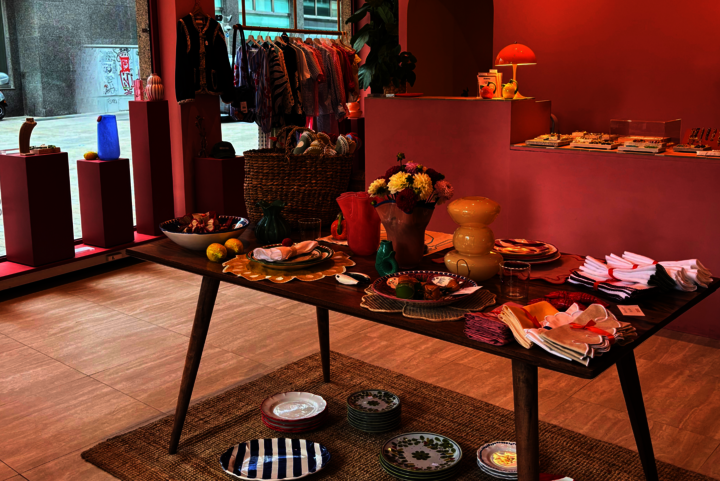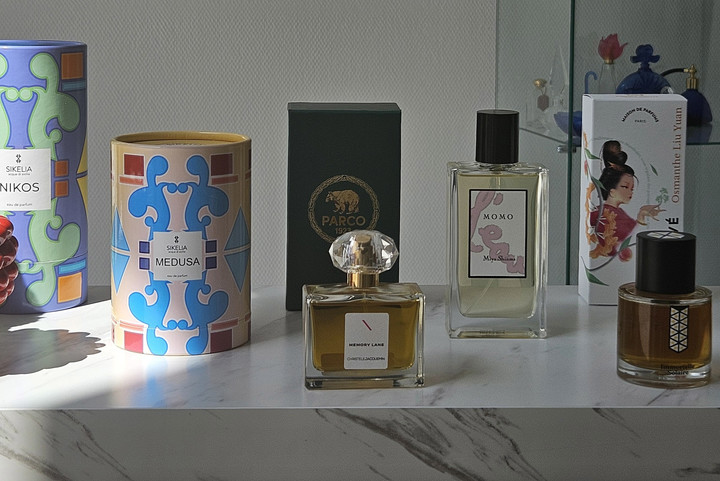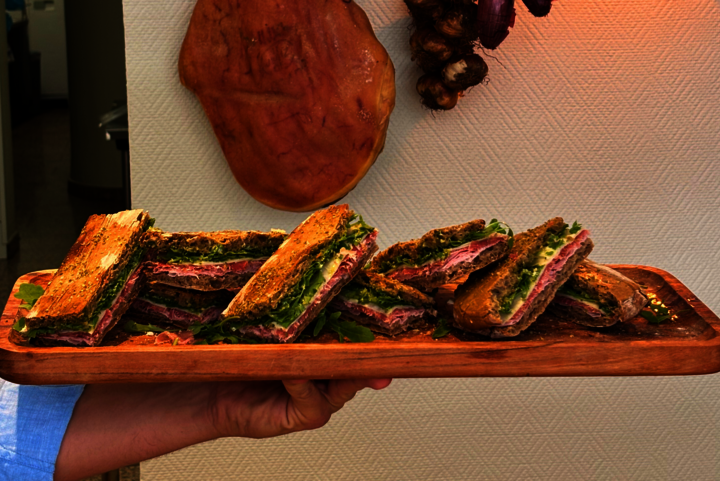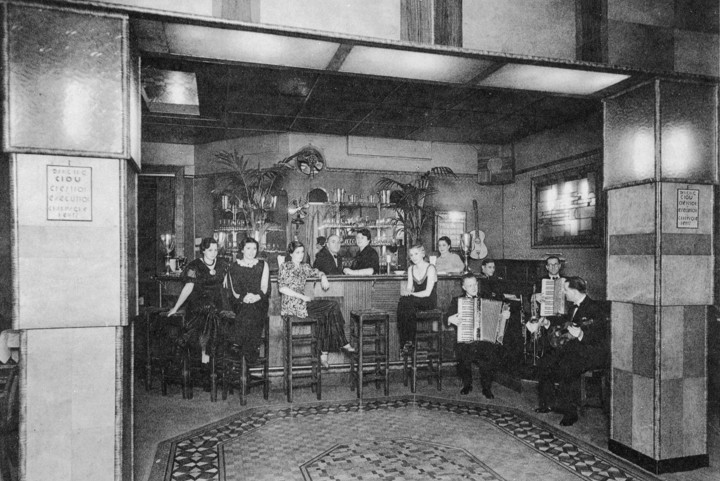(Re)discover our city - Tissus Kahn
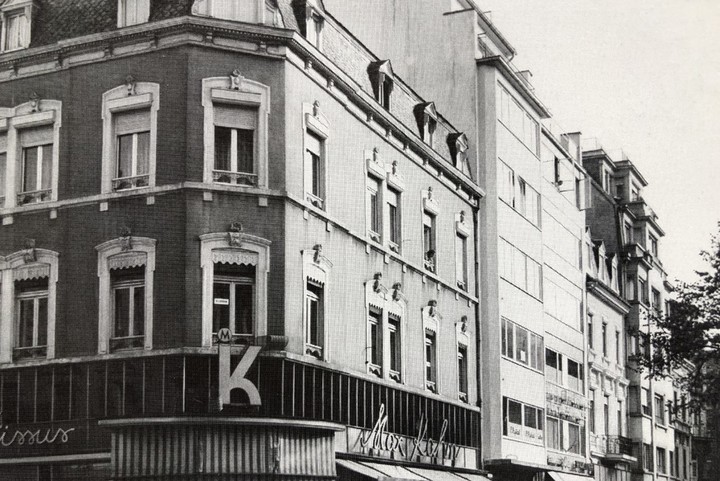
(RE)découvrons notre ville - Tissus Kahn
Think you know our capital well? Well, let's see about that! Some of the buildings that you walk past on a regular basis have a special story behind them. Dr Robert L. Philippart is a true expert on the subject and will guide you through the city to uncover these hidden stories, making you look at some of our symbolic buildings in a new way.
Tissus Kahn (25, Place de Paris)
The façade of the buildings on Place de Paris forms part of the district that was designed in 1876/77 by landscape engineer Edouard André, who was in charge of the urban development plans for the city. This façade was crucial for the square's development after the opening of Avenue de la Liberté. The space between this new road and the existing district was not big enough to accommodate construction works. It would form the eastern part of the current Place de Paris.
In 1880, Nathan Kahn-Bermann founded a fabric, linen and clothing business in the town of Rumelange. In 1882, this brand was established on Place du Puits Rouge under the name "Au Drapeau luxembourgeois". His son Max Kahn opened a branch on Place de Paris in 1918. Here, he sold mainly fabrics from Elboeuf and Roubaix, which earned the brand its popular nickname, the "French store". Max Kahn entrusted the task of running the store to Eugène Neu, who until then had managed the Café Mille Colonnes on Place de Paris. In 1932, Max Kahn's cousin, René Bermann, joined the "Tissus Max Kahn" store following his studies abroad. During the war, the Kahn family managed to escape the Holocaust. René Bermann managed to reach Great Britain by travelling through Morocco, Cuba and Canada. He served in the Piron brigade, a Belgian-Luxembourgish military unit that fought in the Battle of Normandy and the liberation of Belgium and the Netherlands alongside the Allied forces during the Second World War. After the country was liberated, René Bermann took over the store on Place de Paris. In 1955, he carried out major renovations and gave it a new black glass façade. The company was an exclusive retailer, selling products by the Parisian brands Bianchini-Férier, Hallenstein and Wurmser, but also Swiss products, including the Abraham brand (Zurich), and products by Italian brand Stucchi (Milan). The renowned store closed in 1987 after 107 years. The address then became home to a brewery. In 2003, the building was replaced by an investment property with offices, signed by architects from Georges Reuter's firm.
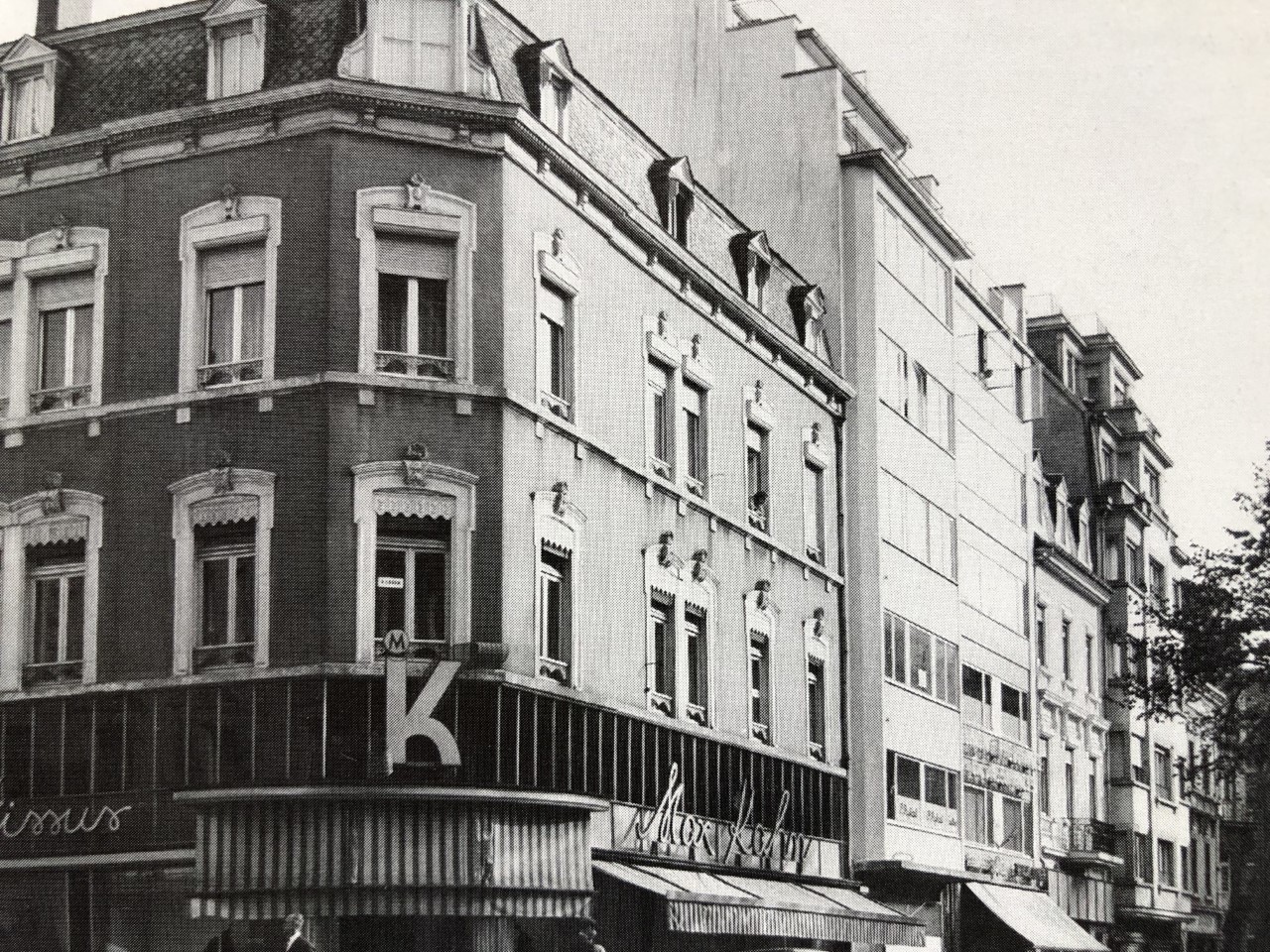
Inscrivez-vous
à la newsletter.
Inscrivez-vous et recevez tous les mois l’actualité shopping de la ville directement par email ! Bon plans, événements phares, nouveaux commerces, ne manquez rien de l’actualité commerçante.
Cityshopping news

